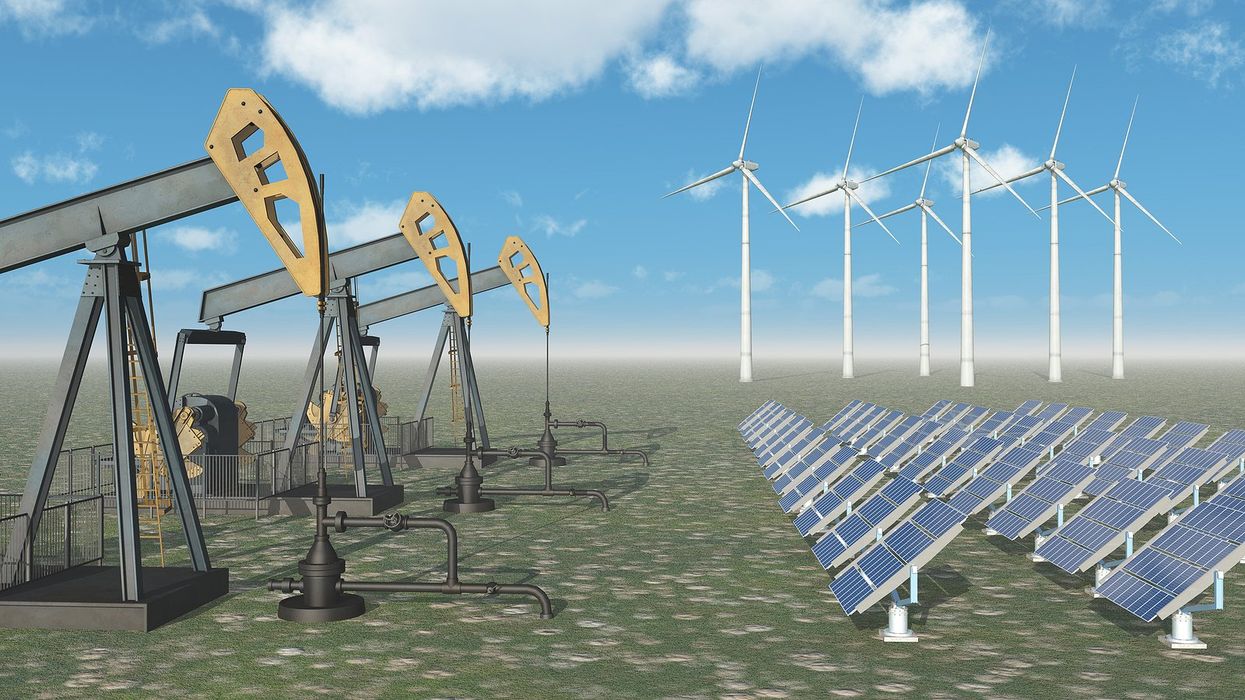A nationwide report found nearly 6,000 water systems serving over 120 million Americans tested above legal limits for cancer-linked chemicals formed during water disinfection.
Carey Gillam reports for The New Lede.
In short:
- Trihalomethanes, formed when disinfectants react with pollutants like manure, were found at unsafe levels in thousands of U.S. water systems tested between 2019 to 2023.
- Texas led the nation in violations, with over 700 systems serving 8.6 million people; other highly affected states included New York, Oklahoma, California, and Illinois.
- The contamination is linked to runoff from industrial livestock operations, and some research suggests even low levels of trihalomethanes may raise cancer risk.
Key quote:
“Manure from factory farms is polluting our water supplies, and when utilities try to make that water safe to drink, they unintentionally create another public health hazard that increases the risk of cancer and birth defects.”
— Anne Schechinger, Midwest director of the Environmental Working Group
Why this matters:
The detection of trihalomethanes (THMs) in drinking water reveals a disturbing tradeoff at the heart of U.S. public health protections: The very process meant to ensure clean, safe water — chemical disinfection — can give rise to new, potentially toxic byproducts. These compounds are regulated by the U.S. Environmental Protection Agency, yet studies increasingly show that even low-level exposure may be more harmful than previously understood, linked to cancers, neurological effects, and damage to vital organs like the liver and kidneys. What’s more, states with the most intensive meat and dairy production, where manure and fertilizers frequently wash into waterways, often see elevated THM levels. Violations of the federal limits remain common, especially in rural and under-resourced communities.
Related EHN coverage: There are concerning carcinogens in Western Pennsylvania water














